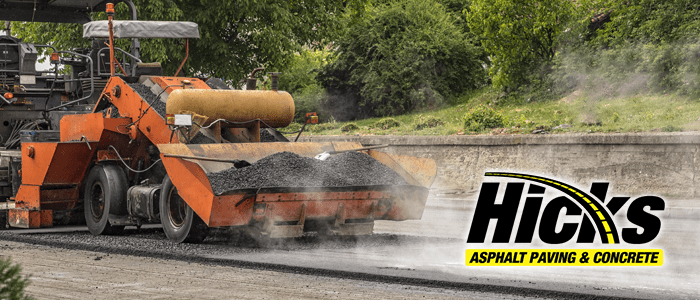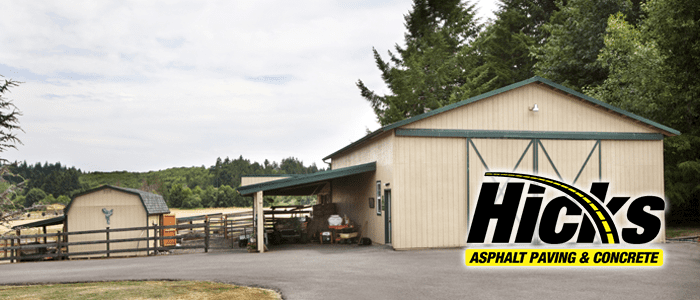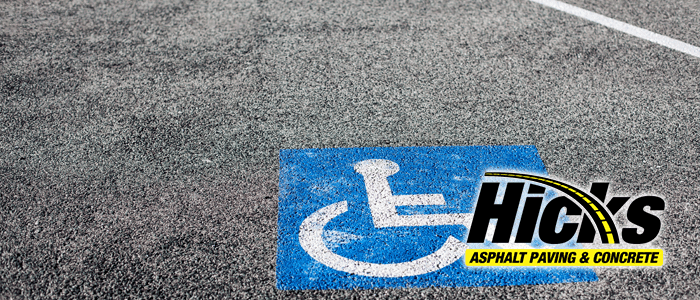When it comes to residential paving materials, asphalt and concrete are undoubtedly the forerunners of the race. Both materials have the reputation of being long-lasting and the most reasonable budget wise. Asphalt and concrete have many similarities, but key distinguishing details that separate them from one another. Read on to compare and contrast asphalt and concrete paving for residential settings.
Installation
Asphalt and concrete are both materials that need to be installed by professionals. Even with smaller residential driveways, homeowners DIYing installation often do more harm than good.
For both products, the first step is to level the ground that forms the base of the paving. The ground needs to be clear of plant degree. Then, contractors come through and compact the soil, occasionally redistributing parts of it in order to even the surface. After contractors complete the levelling process, the construct the sub-grade. Sub-grades are made of crushed rock and gravel. The sub-grade forms a layer between the levelled land and the asphalt or concrete on top.
After contractors install the sub-grade, the process for asphalt and concrete diverge.
Asphalt
The rest of the process for asphalt is much simpler, so we’ll start there. The asphalt is laid over the sub-grade and given time to cool. If the homeowner wants a specific design stamped into the asphalt, that is done while the asphalt is still warm. Any painting that the asphalt needs is added after it is cool.
Concrete
Joints
Joints are grooves that are sawed into the concrete. The grooves give the concrete space to expand and contract without cracking or buckling. There are two types of joints.
- Control joints. Control joints give the concrete space to shift and settle.
- Isolation joints. Isolation joints are used to prevent different paving areas from bumping up against one another. For example, if your sidewalk grosses over a sidewalk, or the space where the driveway connects to the road.
Reinforcement
Concrete requires reinforcement before it is poured. Usually, contractors use a steel rebar grid across the area that is being paved. The reinforcement supports the concrete, so it does not collapse under its own weight. Additionally, reinforcement helps prevent serious damage from heavy traffic over time.
Design & Aesthetic
Concrete aesthetics need to be decided upon early on in the process. Concrete stamping in particular is something that must be done at a very particular time in the process. The concrete must be at a certain point of plasticity to properly stamp a design on it.
If the concrete is too solid, the stamp will barely leave an imprint. However, if the concrete has not set enough, the material will sink under the weight of the stamp. The right stamping time is about halfway through the setting process.
Come Back Next Week
For more information about asphalt and concrete.





